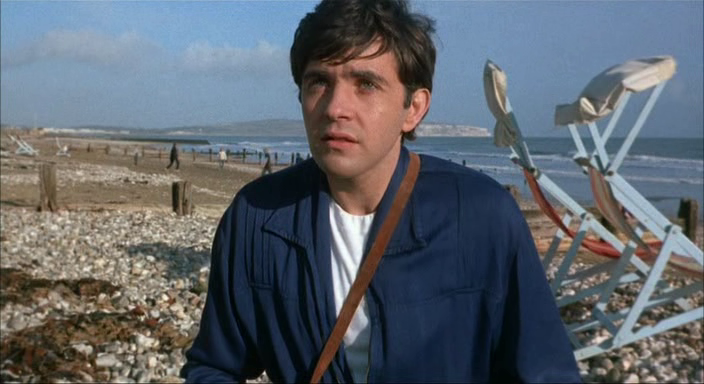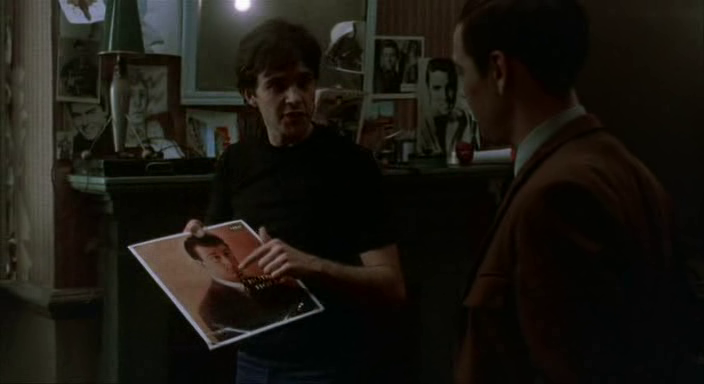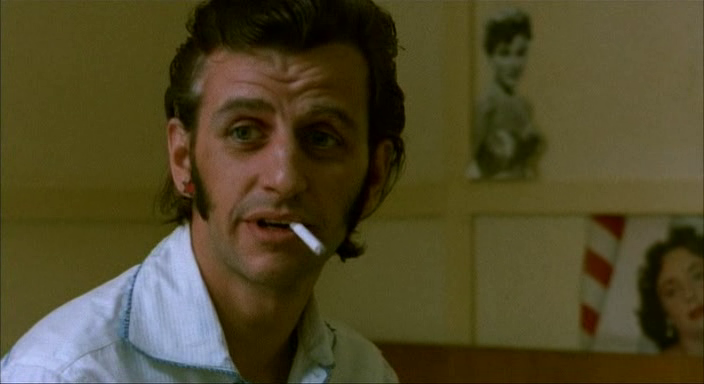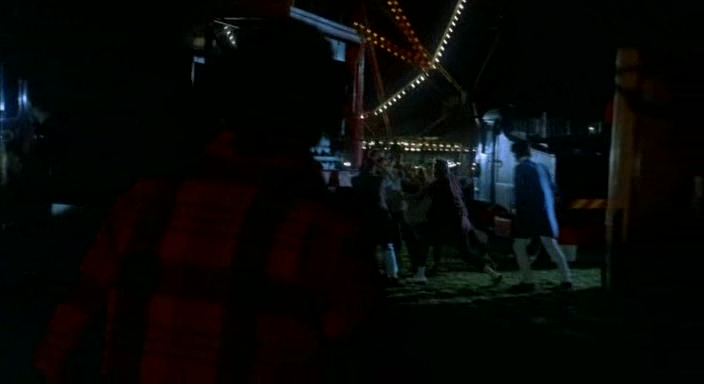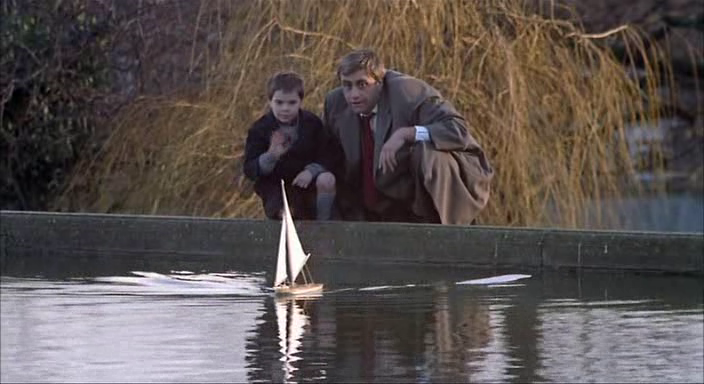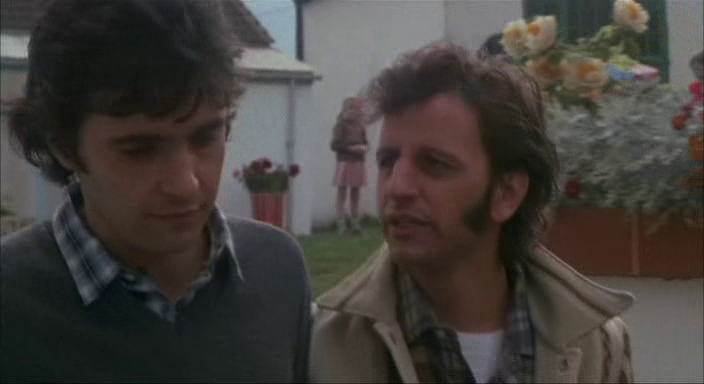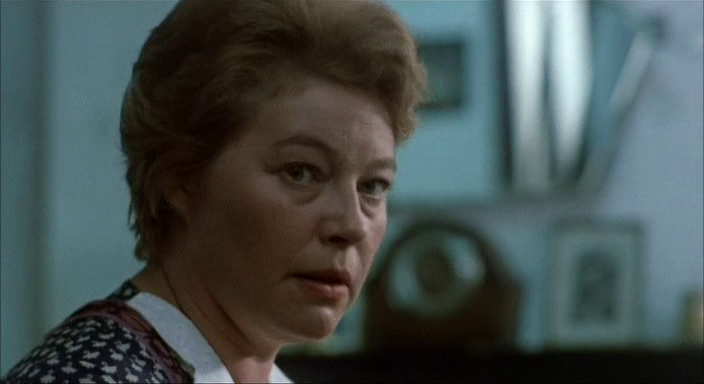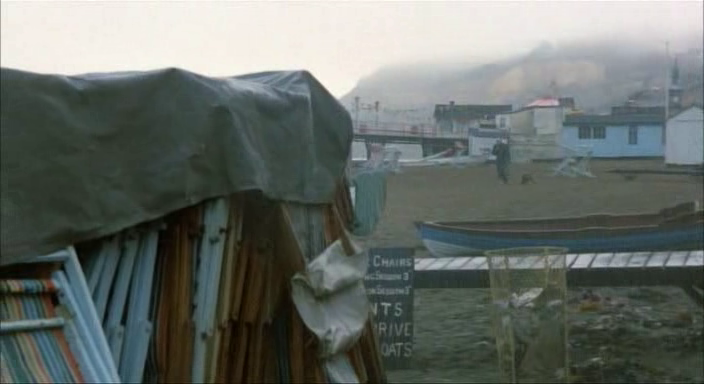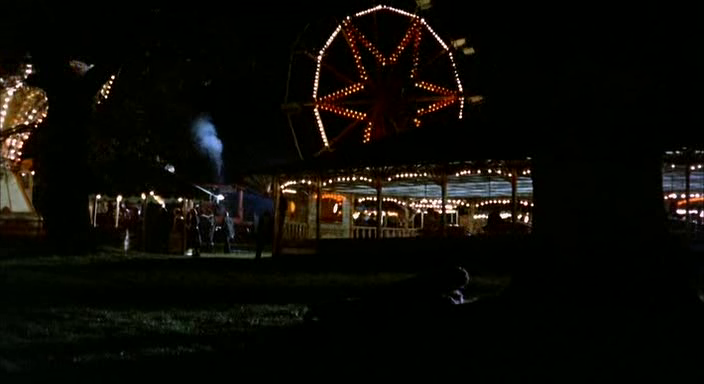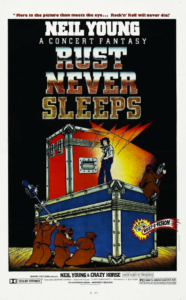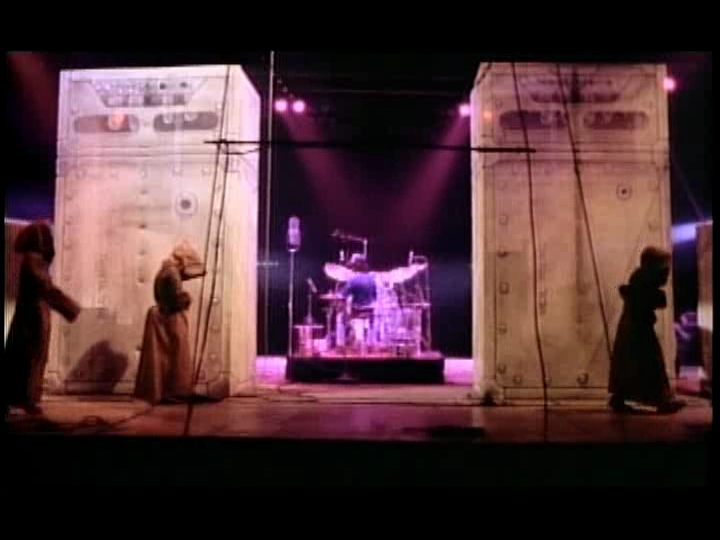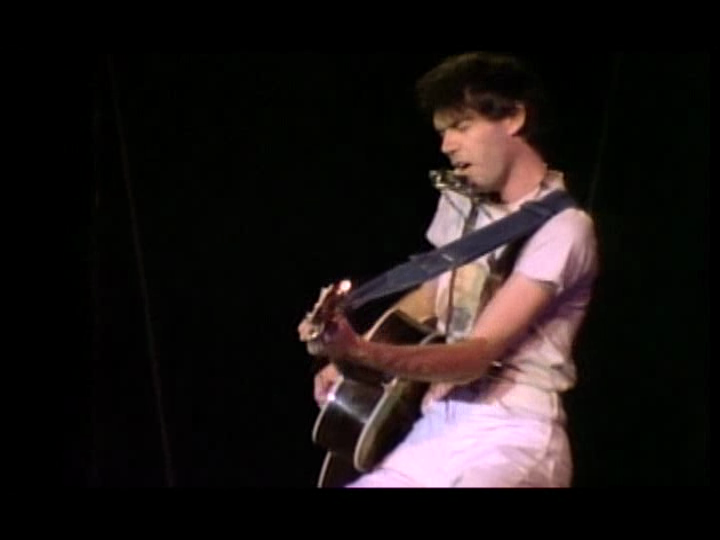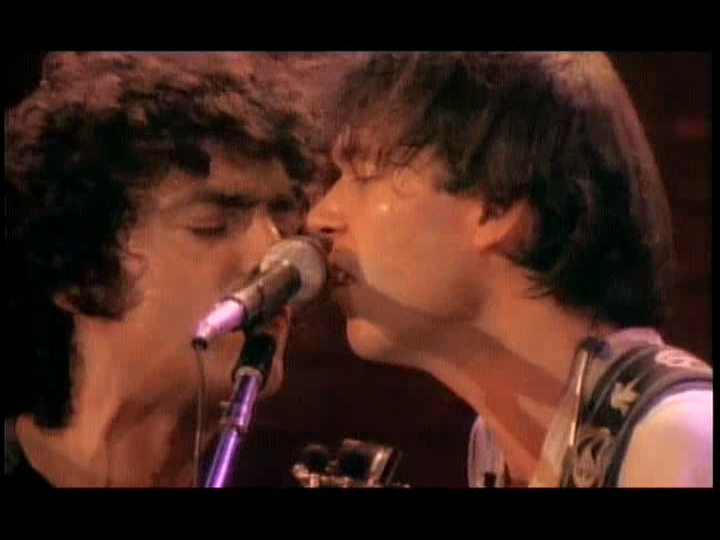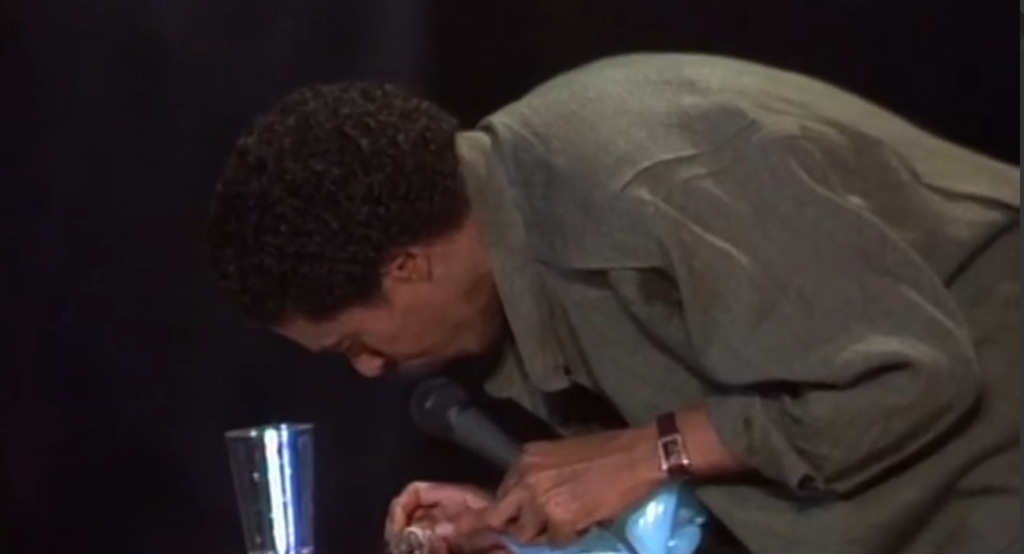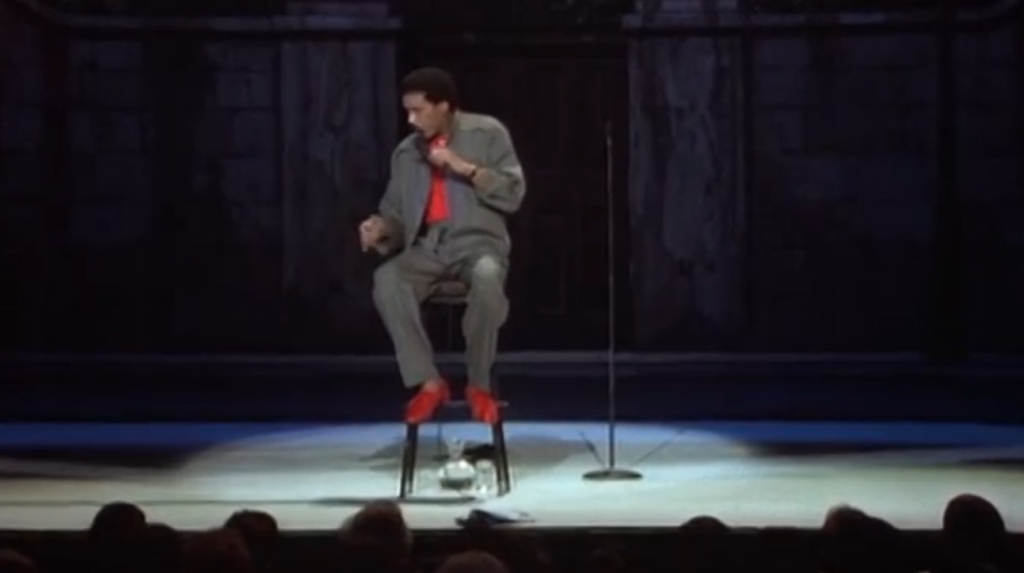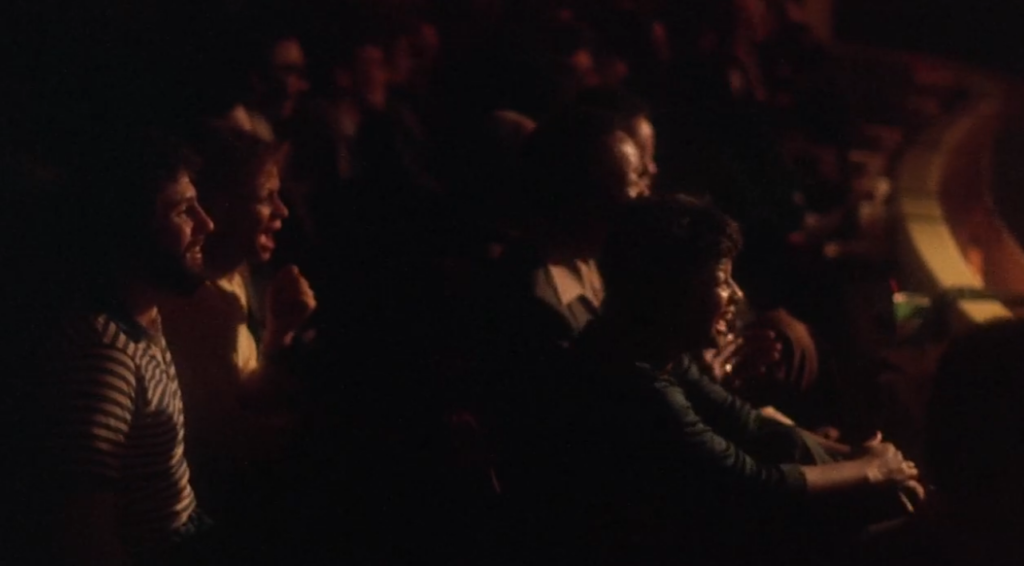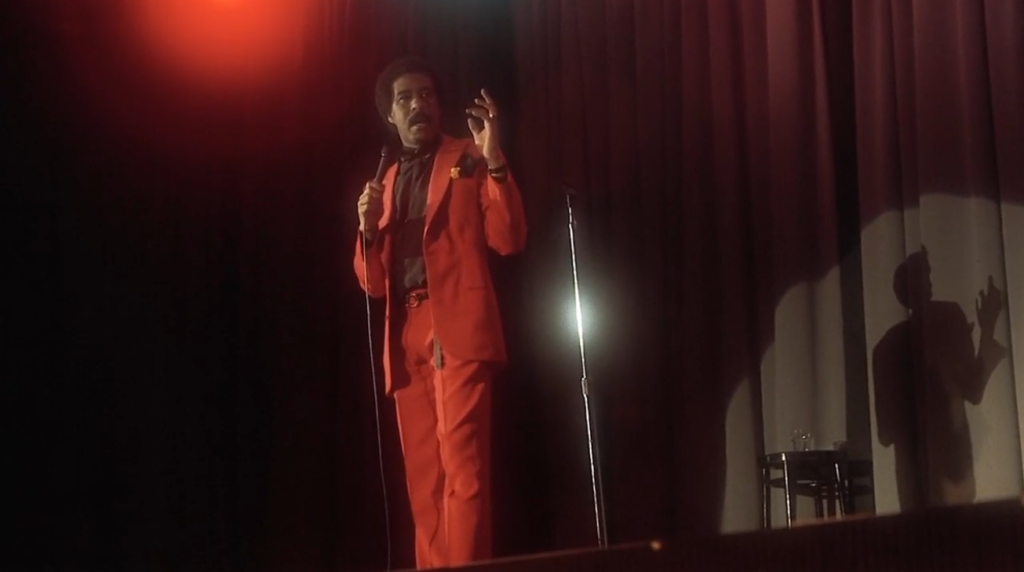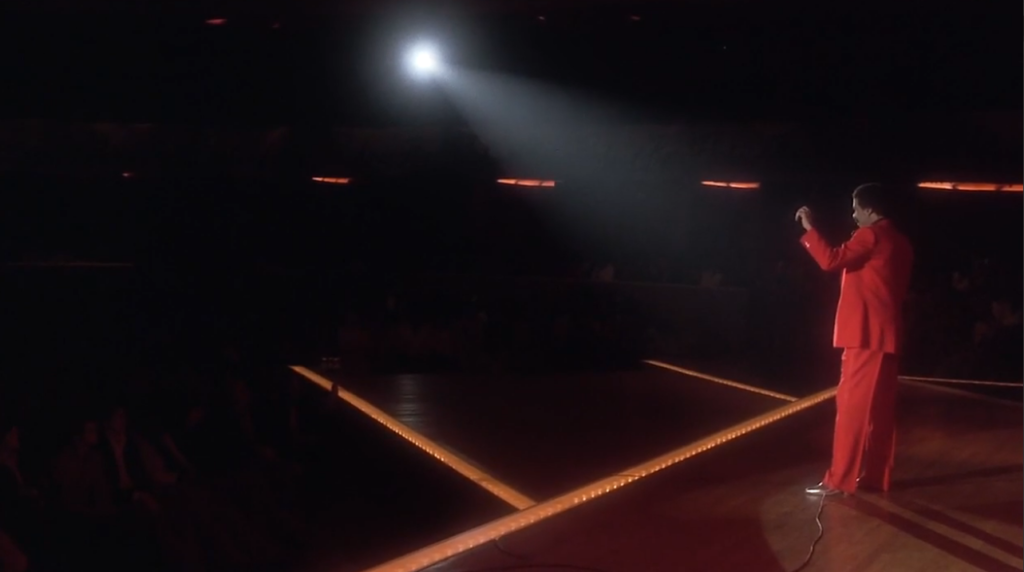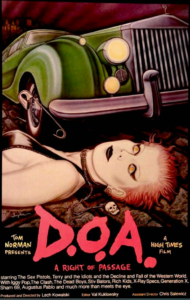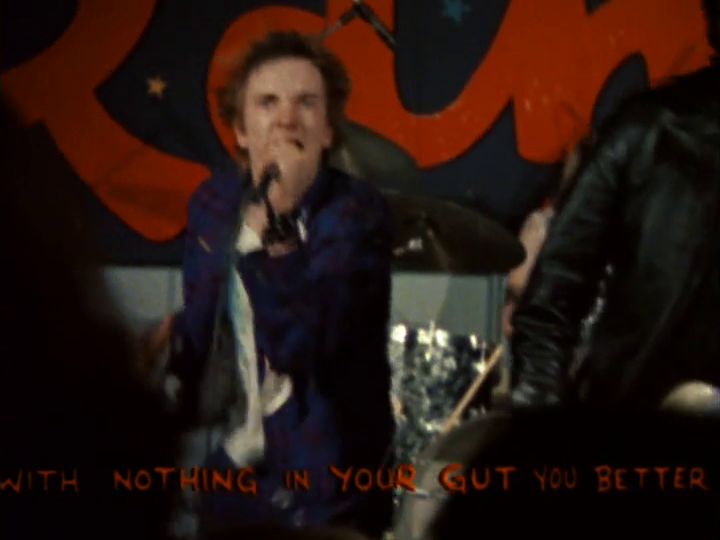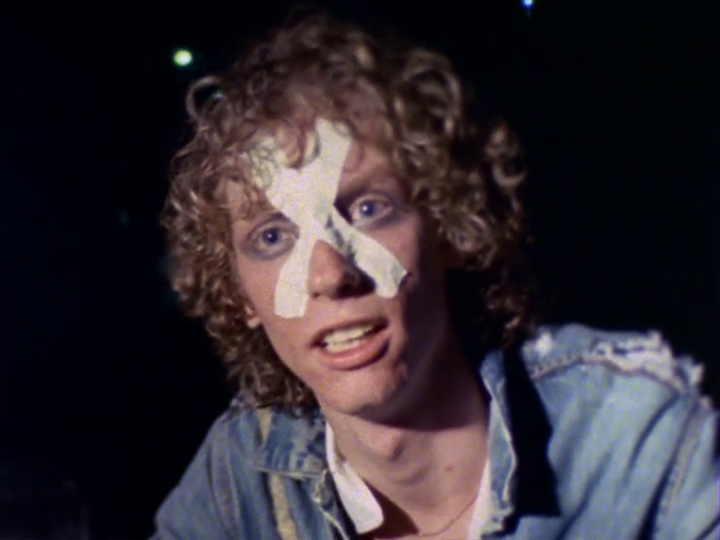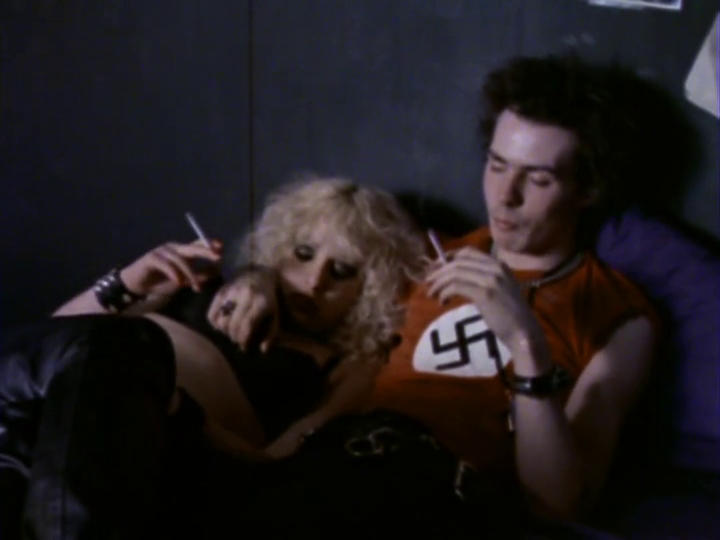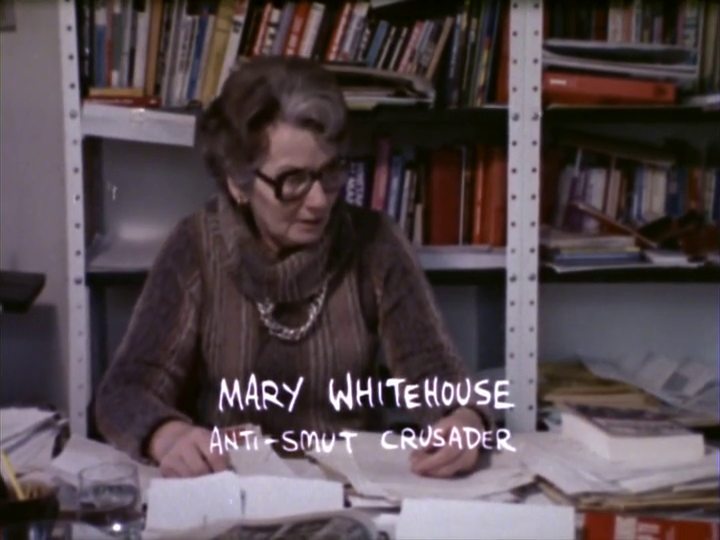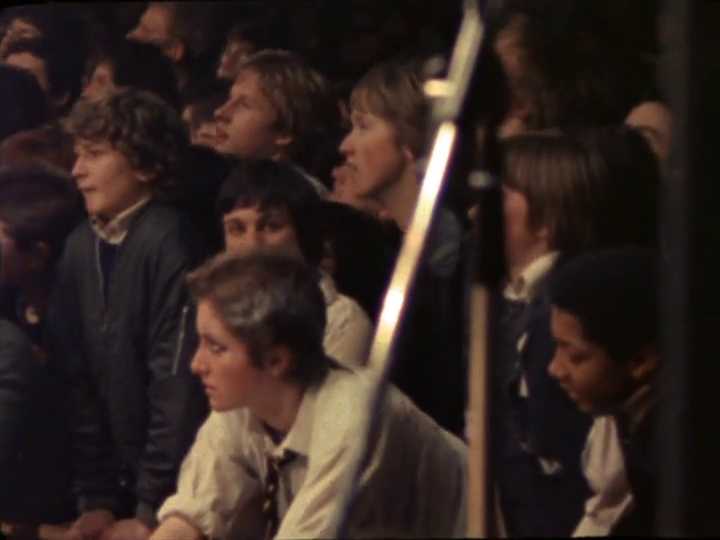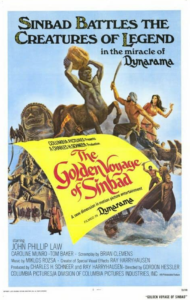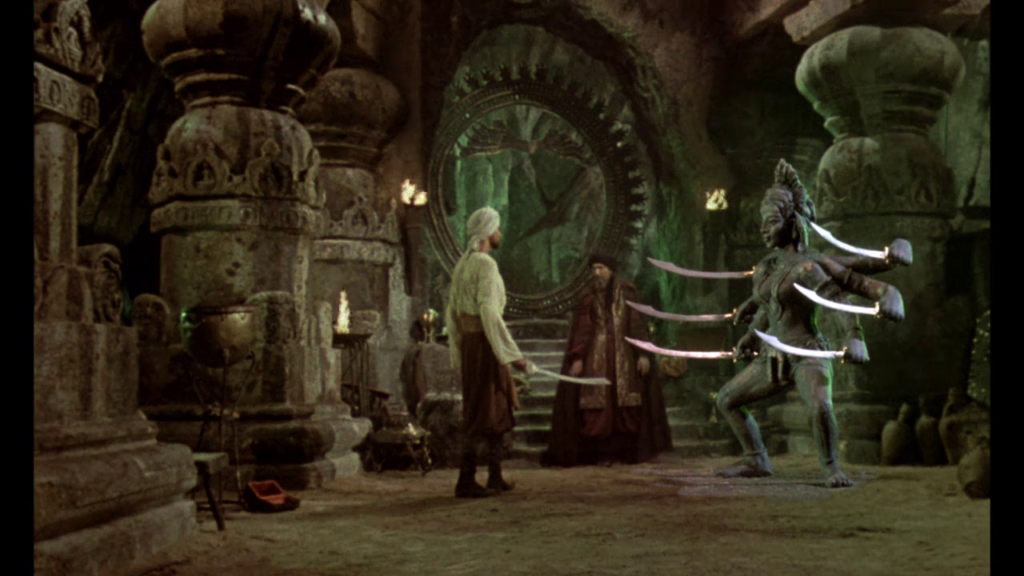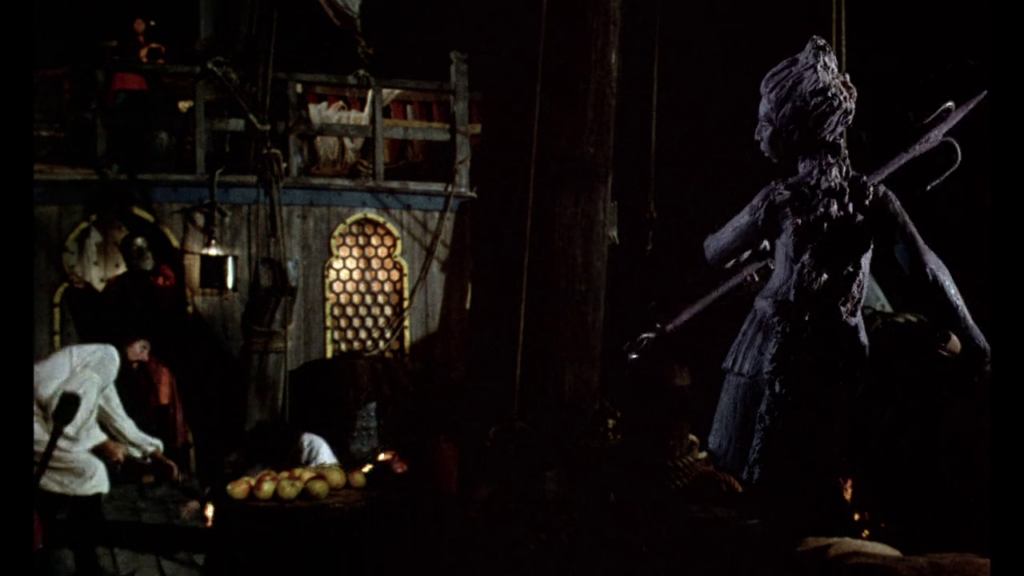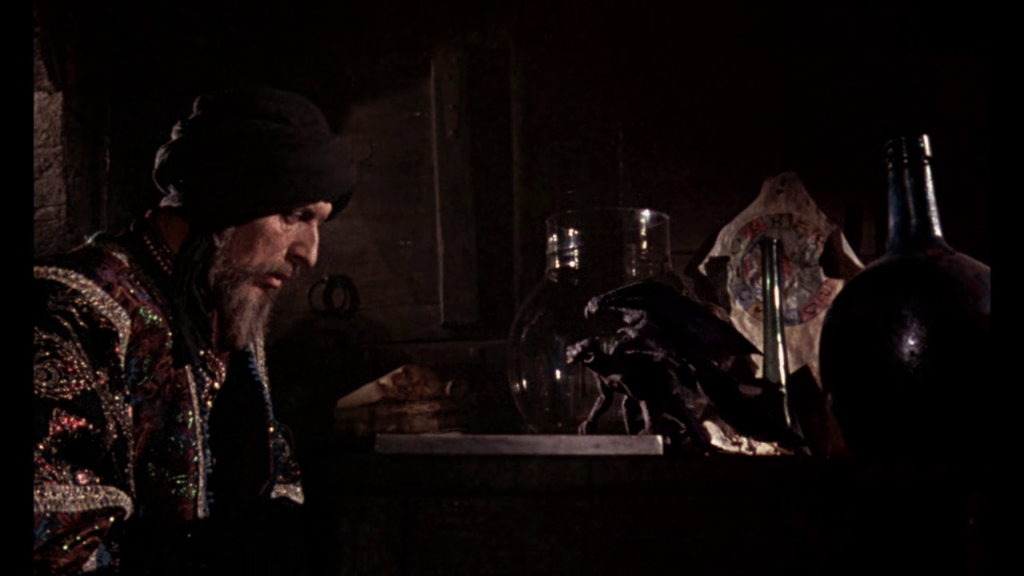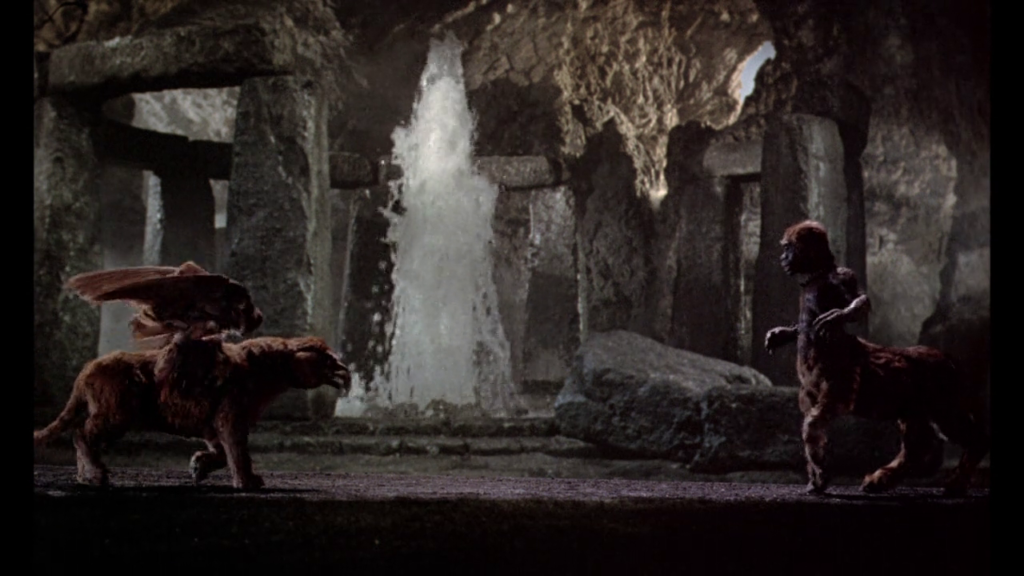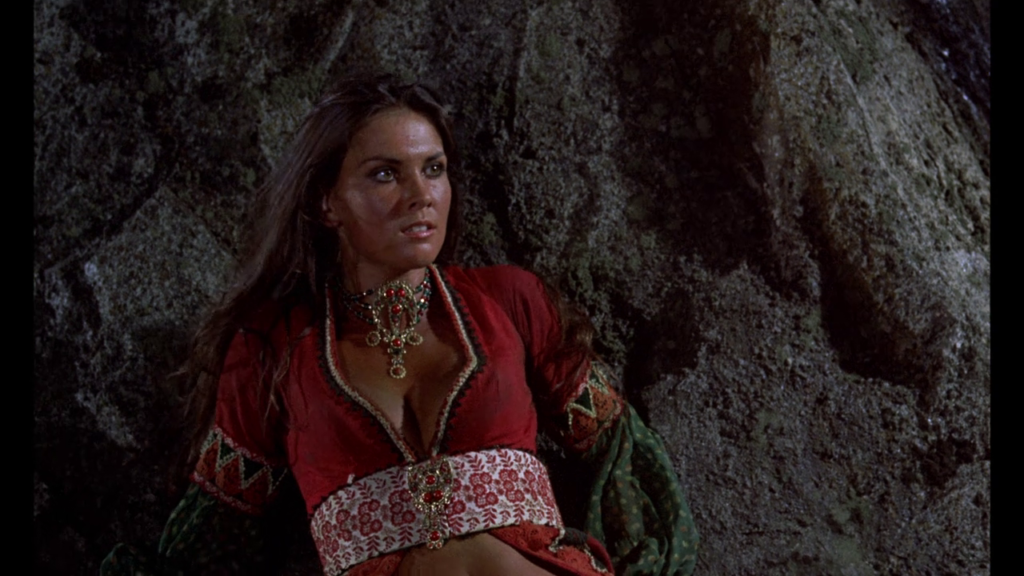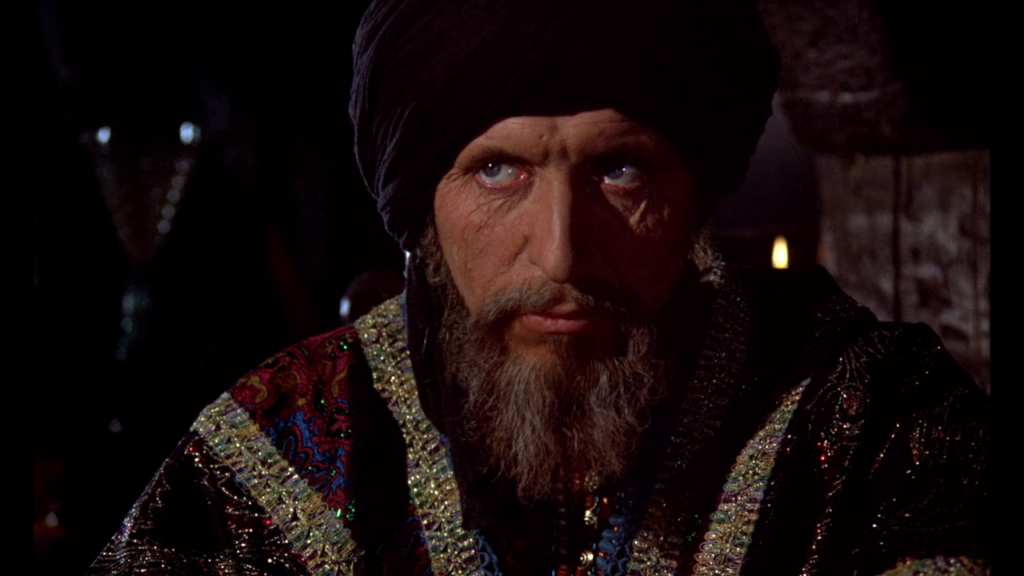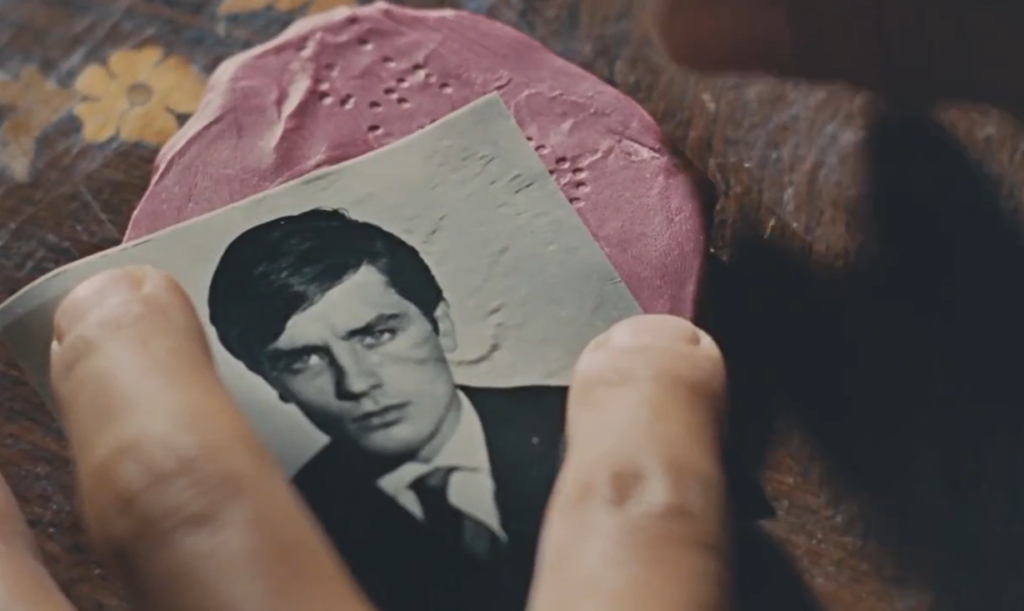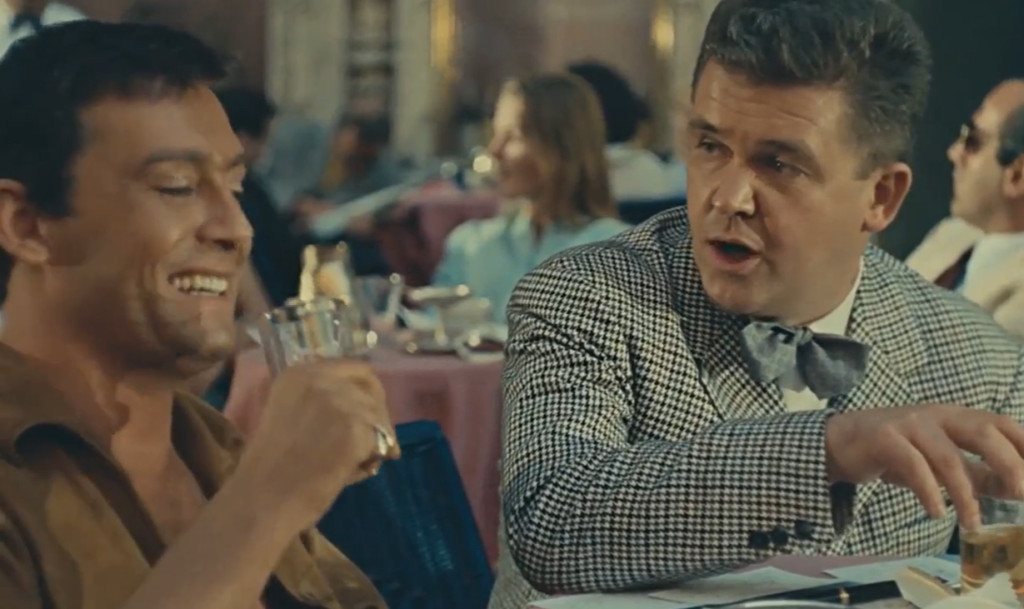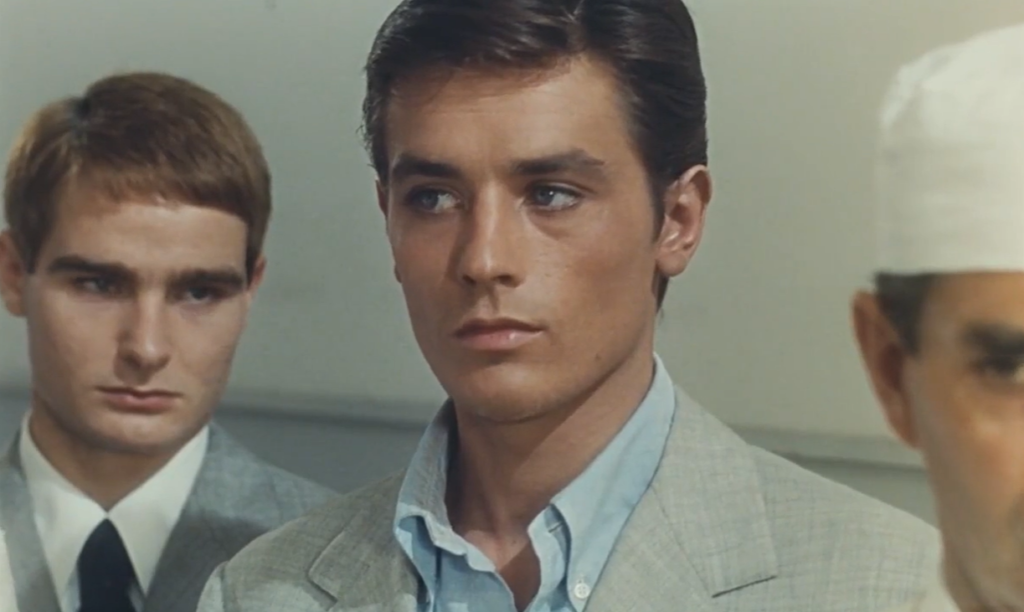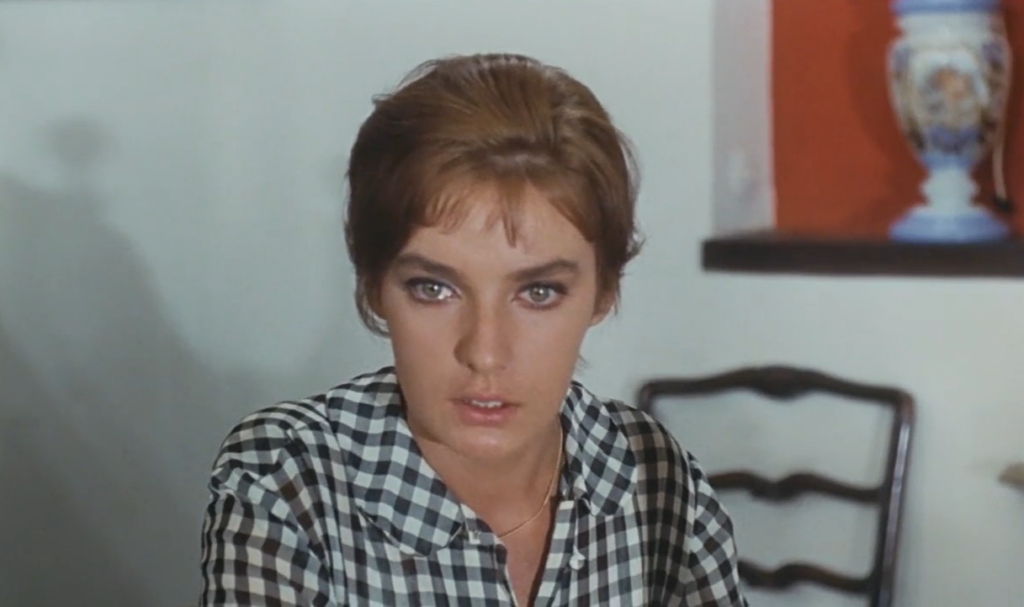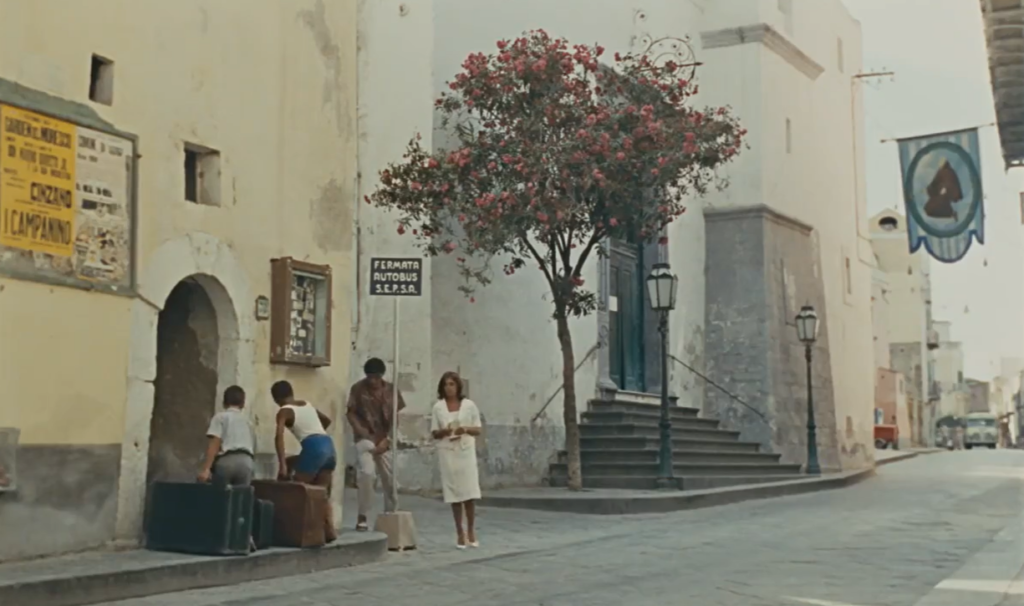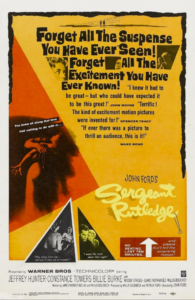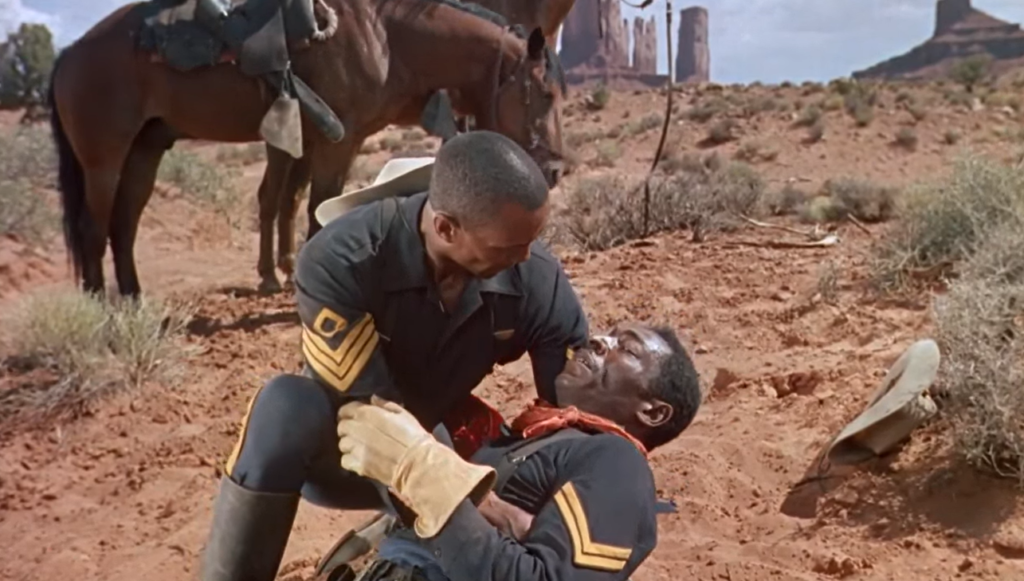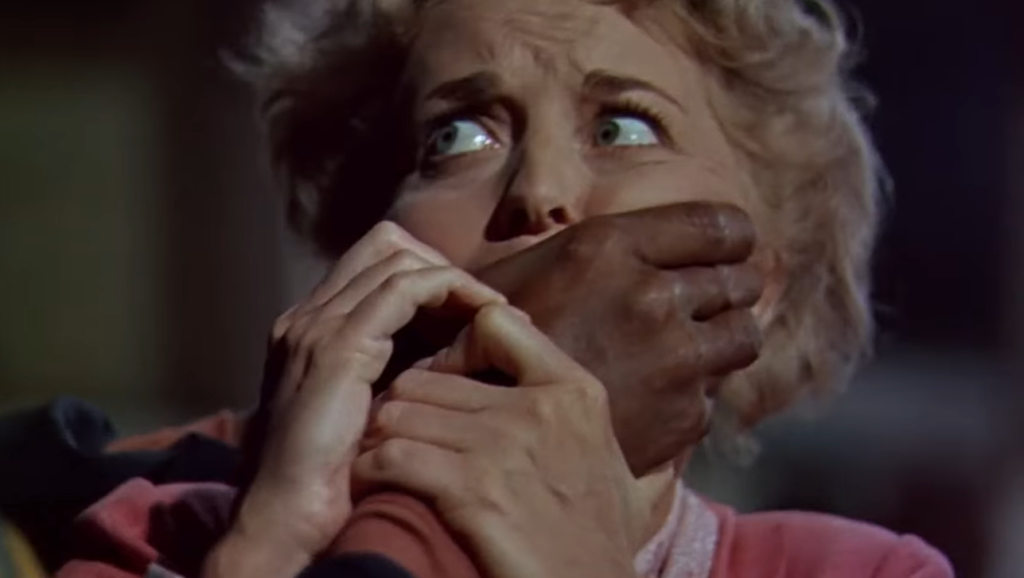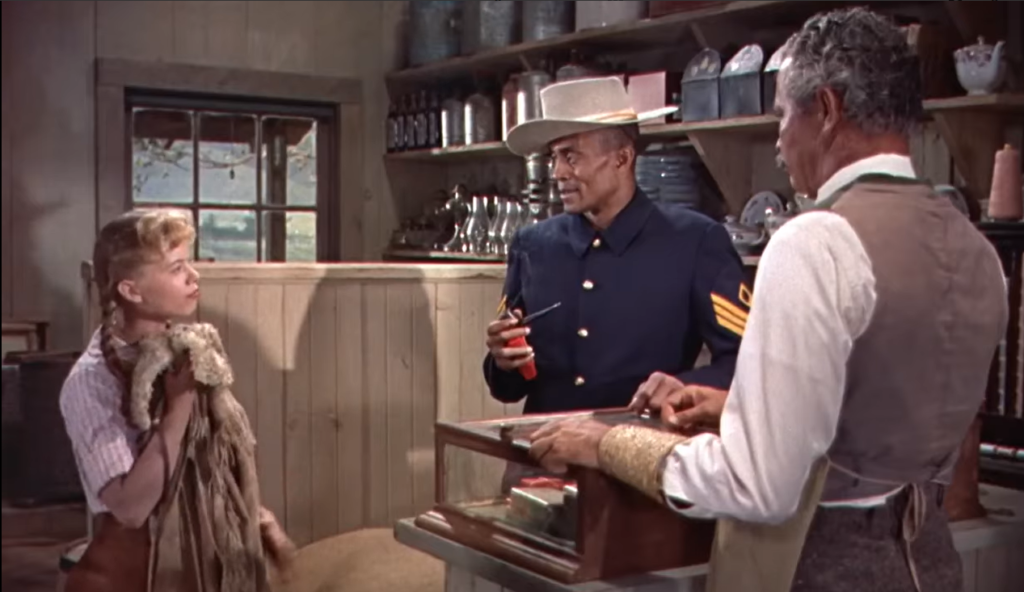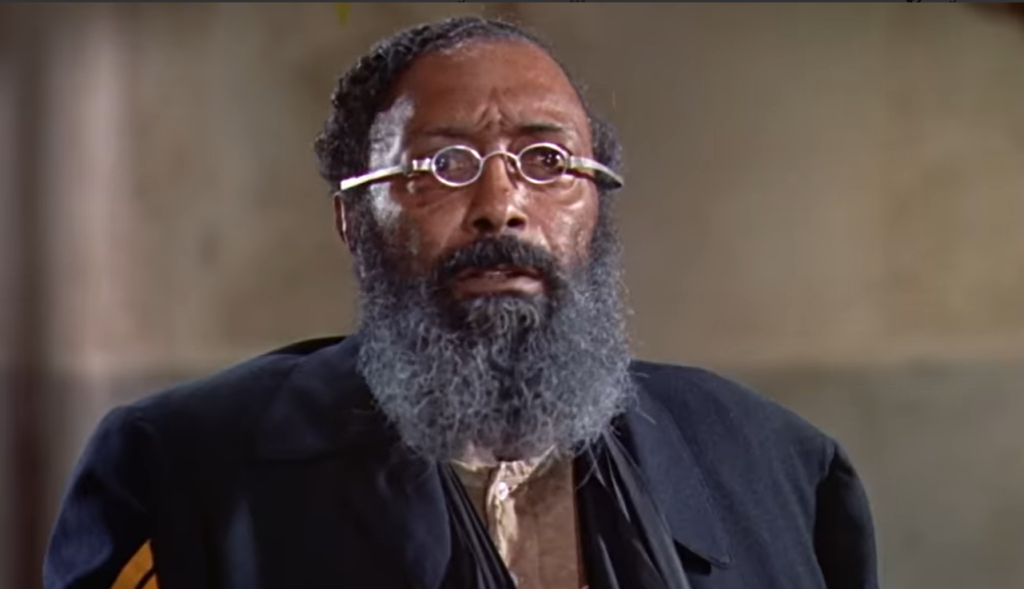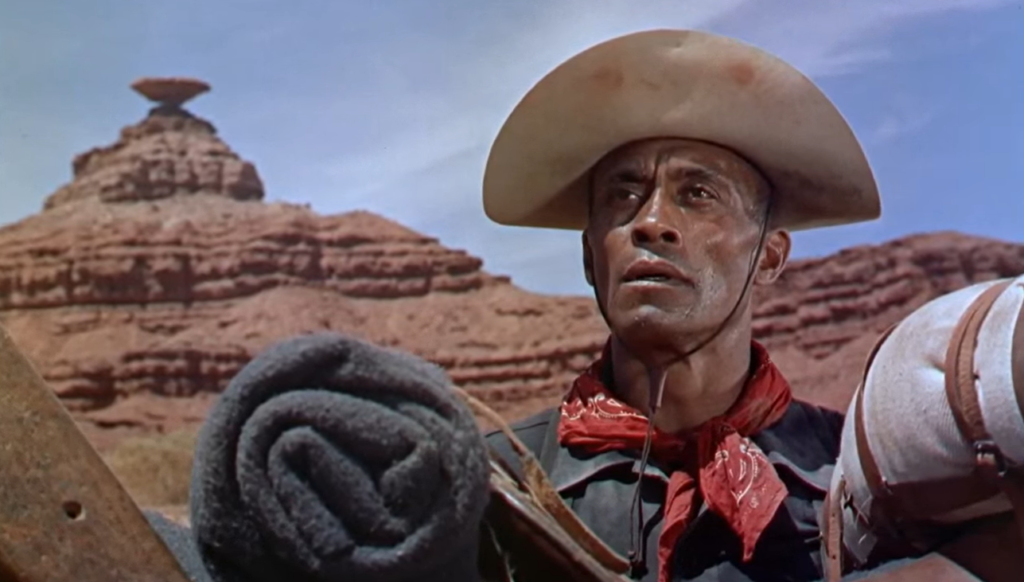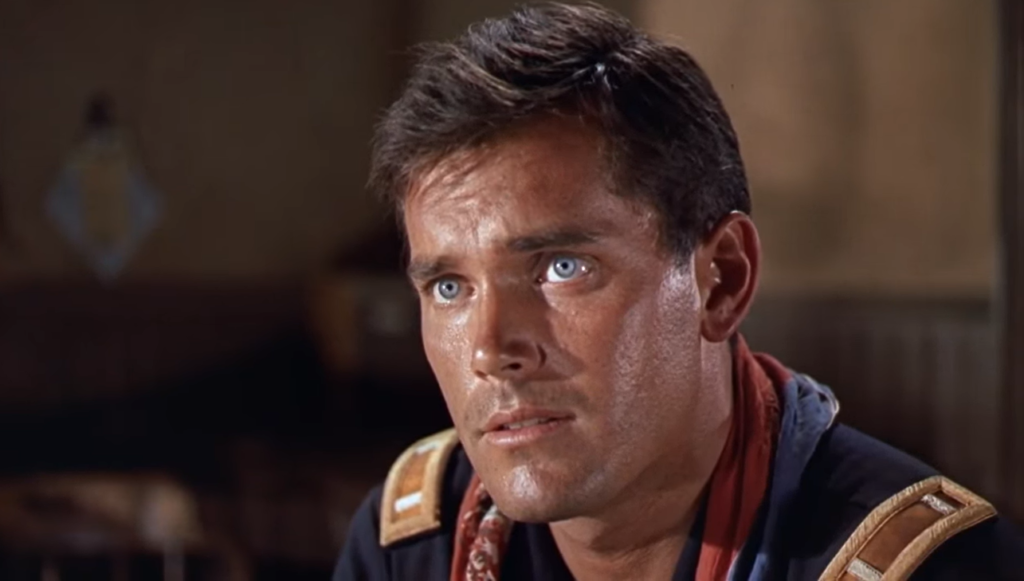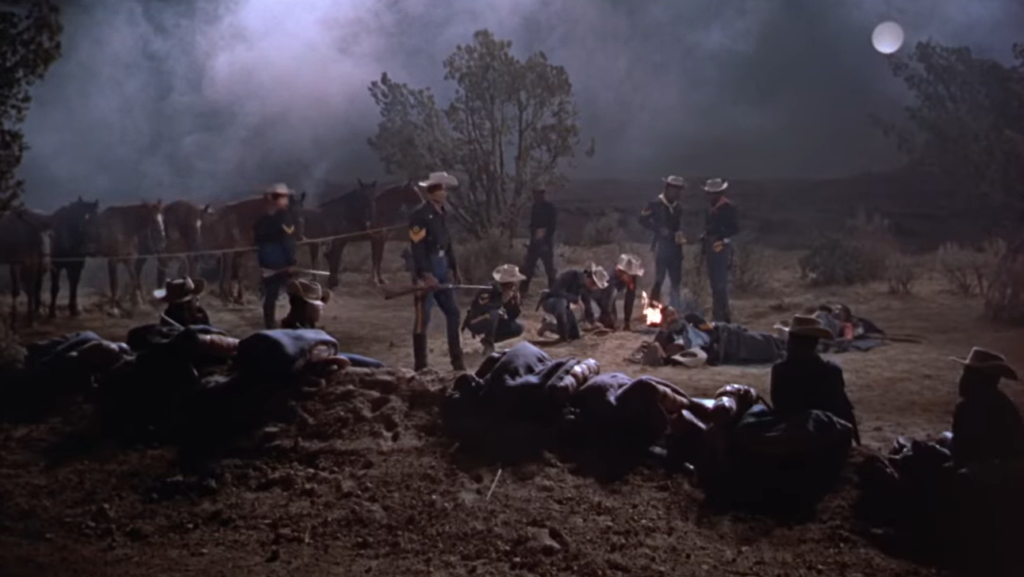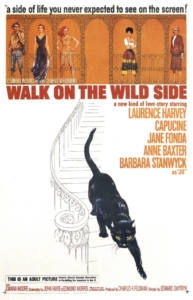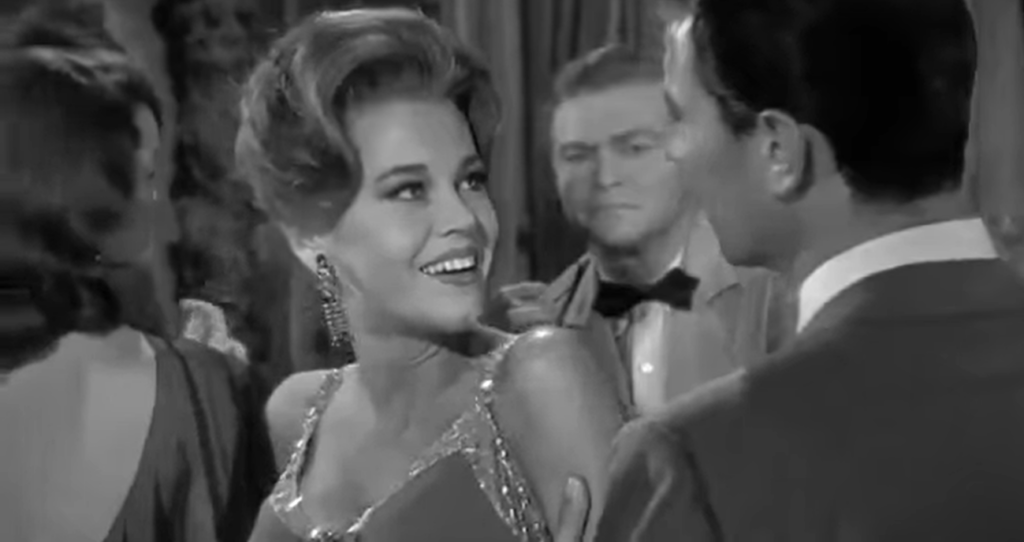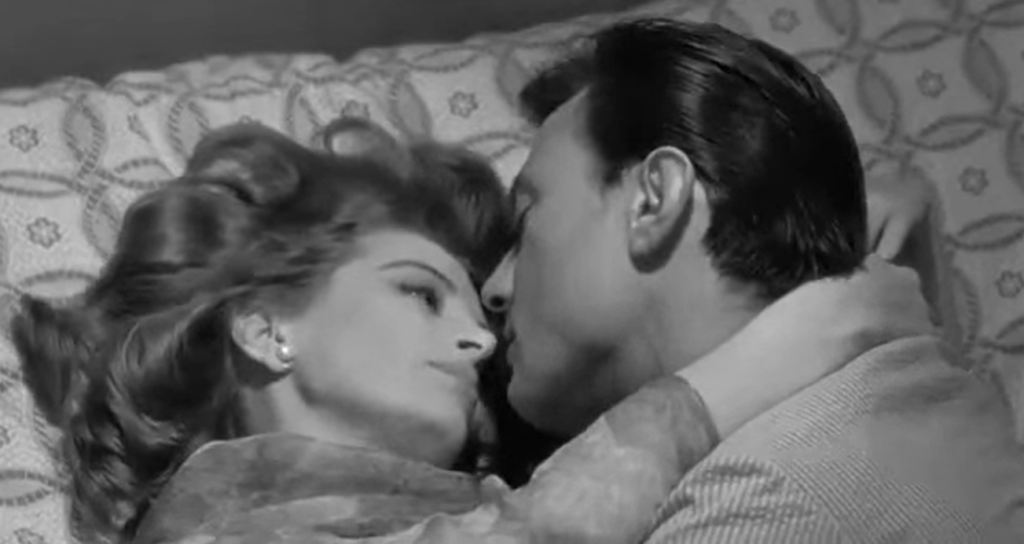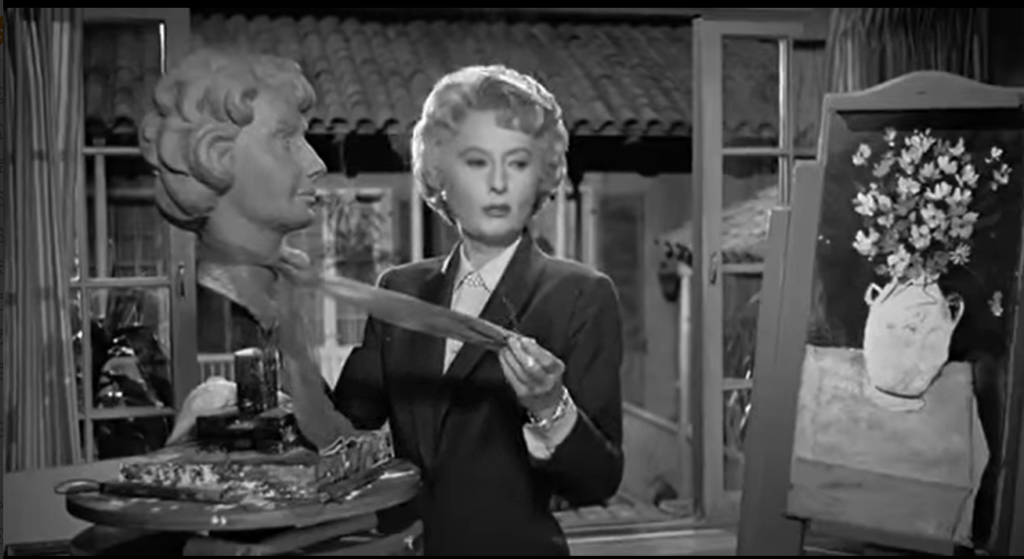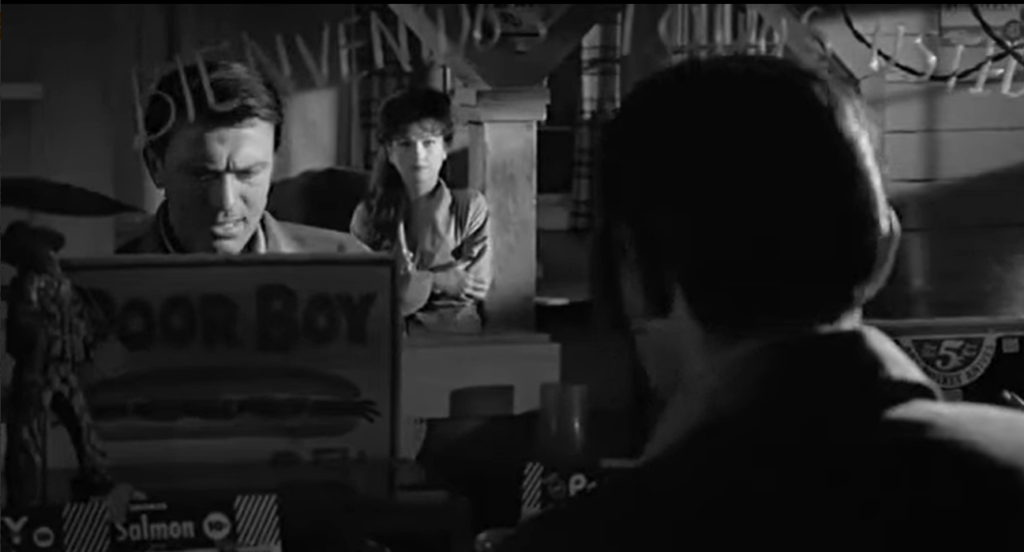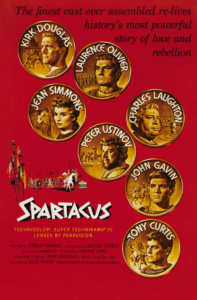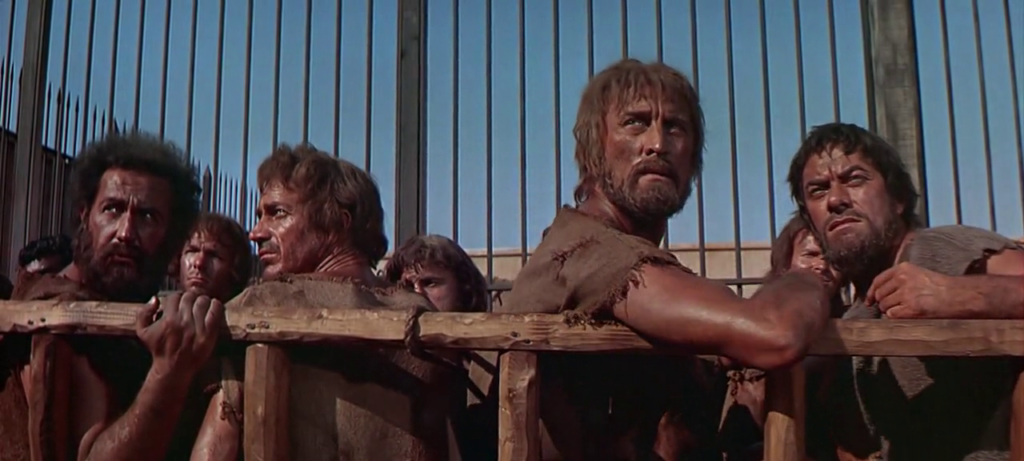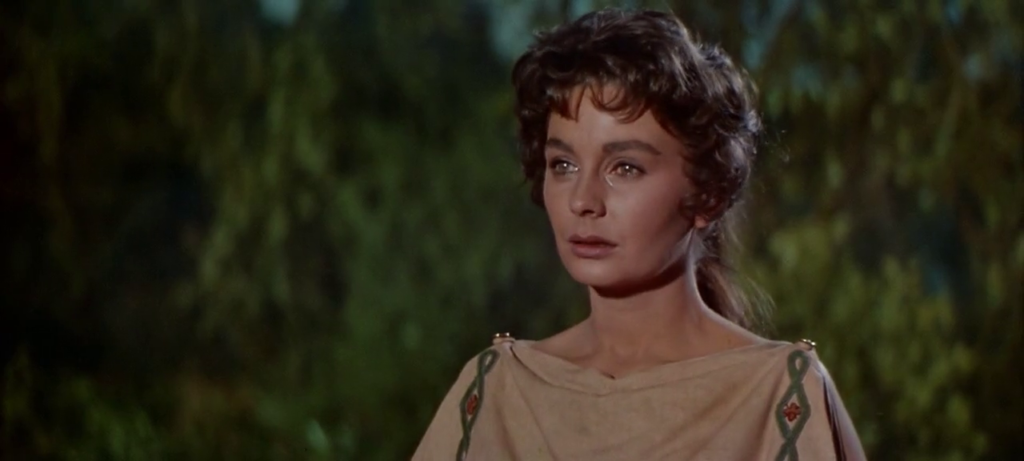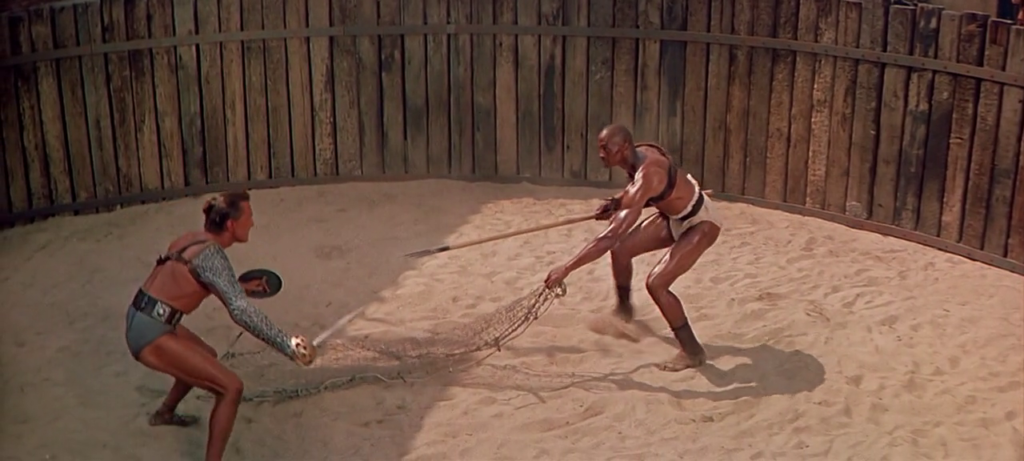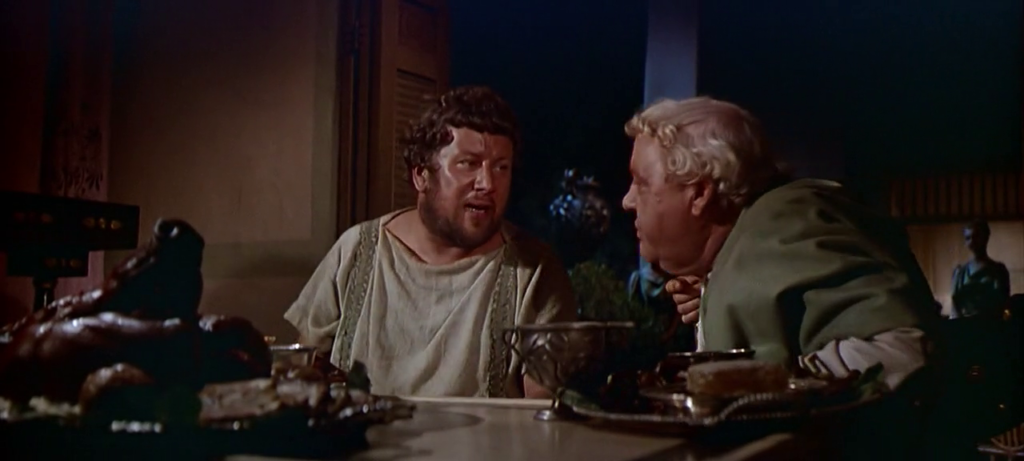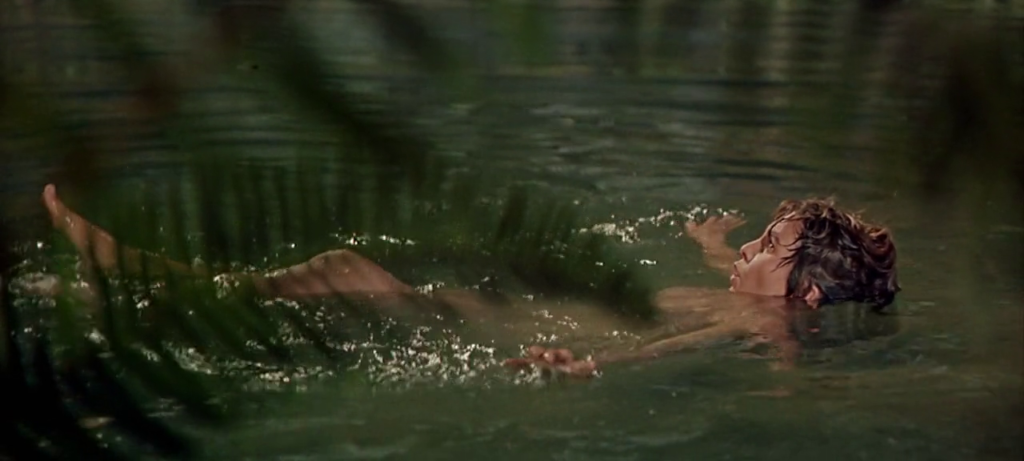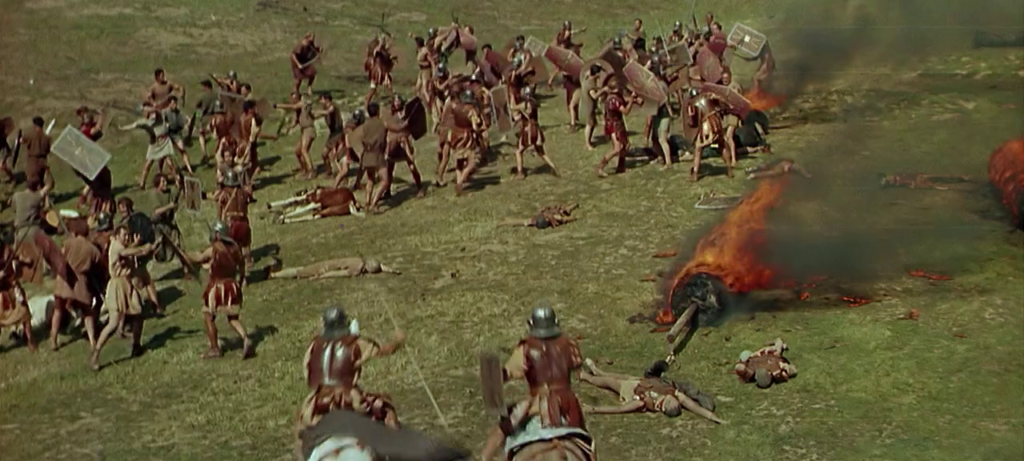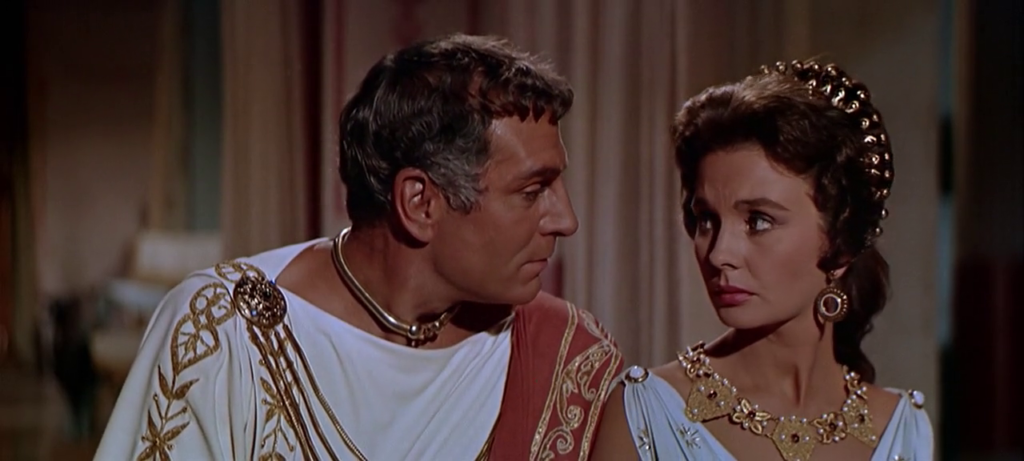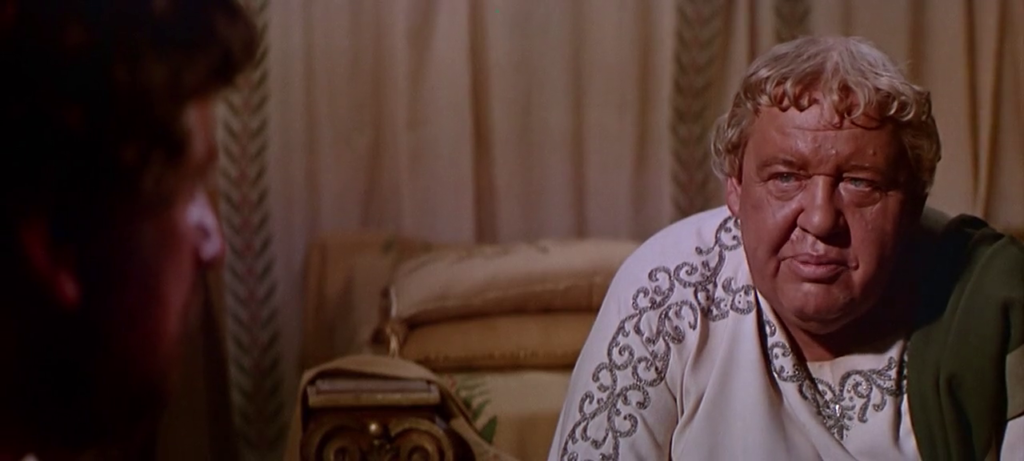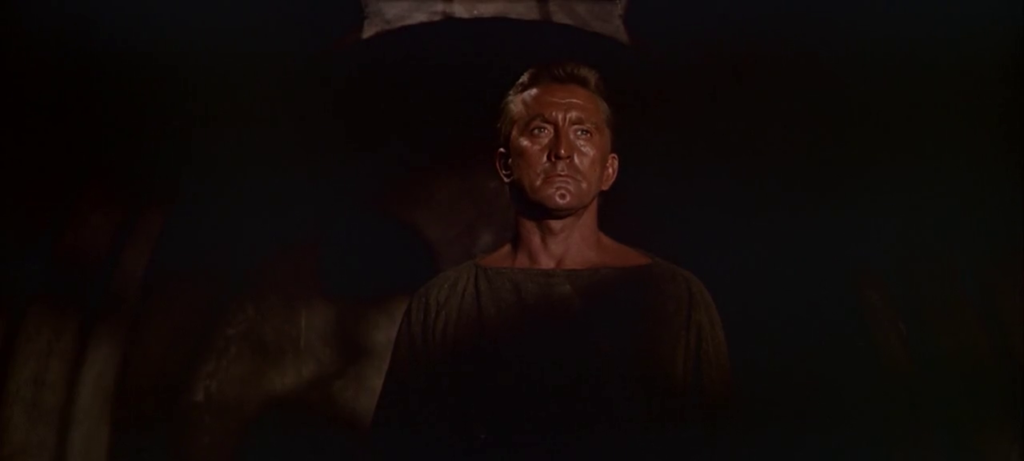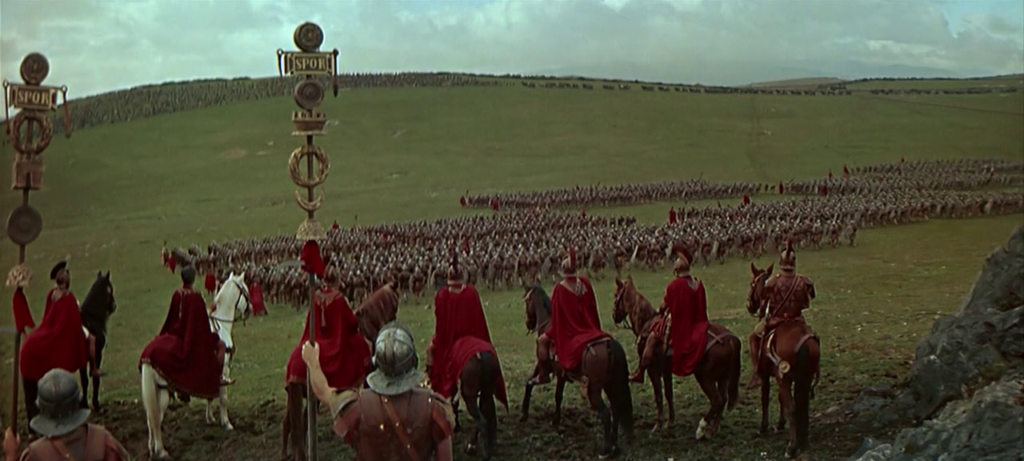That’ll Be the Day (1973)
“It’s no good telling me he’s changed; he’ll never change!”
|
Synopsis: |
|
Genres, Themes, Actors, and Directors:
Response to Peary’s Review: Peary points out that real-life rock star David “Essex doesn’t sing, as he [would] in the better, more flamboyant sequel, Stardust,” but “there’s a great rock sound track” and he personally relates to a scene in which Essex “has a friend bringing over a Ritchie Valens album that Essex has been dying to hear.” He notes that Starr (in one of his best film roles) “does a good job as Essex’s pal” (not to mention having “an interesting haircut”): … and adds that “Essex turns in a strong performance, playing someone audiences will feel ambivalent about” given that “he looks for one-night stands” and “he won’t put himself on the line for a friend [Starr] who’s getting beaten up.” Indeed, Essex’s character — someone who “girls flock around” given “he’s cute and shy” — is surprisingly complex: the opening scenes show him as a young child running to meet his long-gone dad (James Booth), and spending only a short time with him before he disappears once again (for good). This abandonment inevitably influences Essex himself once he comes of age — and while we sympathize with his beleaguered mother, who assumes her bright son will go to college and find security: … it’s also entirely believable that he would rebel and seek out new adventures (including losing his virginity). The problem is how badly Essex acts during key decision-making moments of his life, such as whether to force himself on a teenage girl at the carnival; whether to help Starr during a potentially fatal fight; whether to pursue a “final fling” before his marriage night; etc. His worst decision comes near the very end — and given that this film ends on a freeze-frame, it inevitably leaves one feeling like the story is unfinished (which it is); I’ll return with my assessment of Stardust shortly. Notable Performances, Qualities, and Moments:
Must See? Links: |

